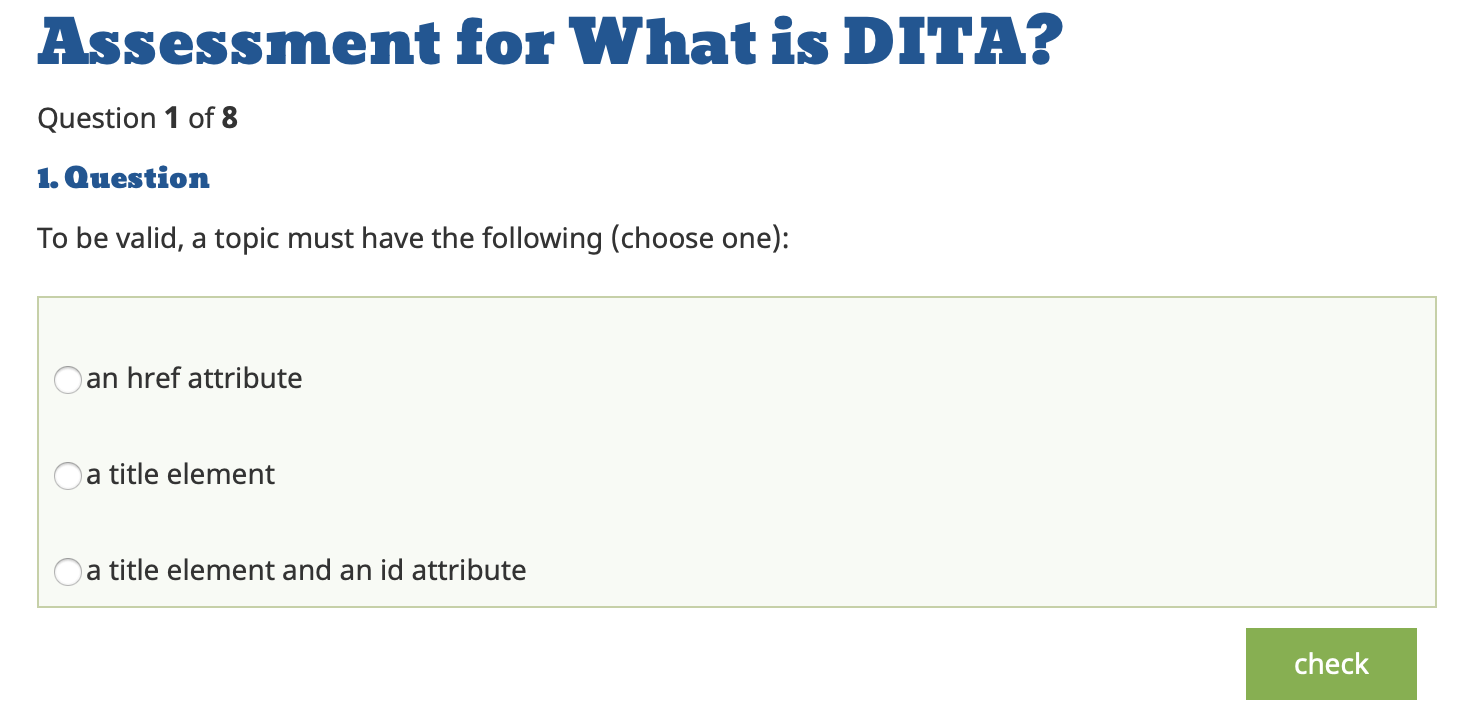Smarter marcom content
Smarter marcom content has advantages, but marketers are used to writing and formatting content at the same time. Smart content separates writing and formatting. Although getting used to this separation may take some effort, the benefits are well worth it.
Most content has an implicit structure. For example, a white paper usually starts by stating a problem, then describes a possible solution, and then mentions a product that can help you with that approach. A good marketing writer understands the implicit structure of a typical document, but the structure may not be clearly stated or outlined anywhere. With smart content, you take a document’s implicit structure and spell it out explicitly.
The tags in smart content capture the structure explicitly. Once you have your tagged document, you can process the information in lots of interesting ways (reuse, multichannel publishing, and much more).
Smart content separates formatting and content. In tools like InDesign or Word, you write and format at the same time. In a smart content tool, you typically focus only on the content sequence and not on the formatting. As a marketing writer, I can tell you this is a big adjustment. But there are huge benefits. Once you create smart content, the separation of content and formatting makes it much easier for you and others to reuse content. Reuse improves the consistency of your messaging across the company. Smart marcom content also allows you to spend more time creating the text, videos, and other promotional content rather than spending time focusing on the organizational structure.
As you get started, there will be a learning curve. Having smart, structured marcom content can save your business time and money. Benefits such as simplifying rebranding, search engine optimization, time, and reuse make the switch worth it.










